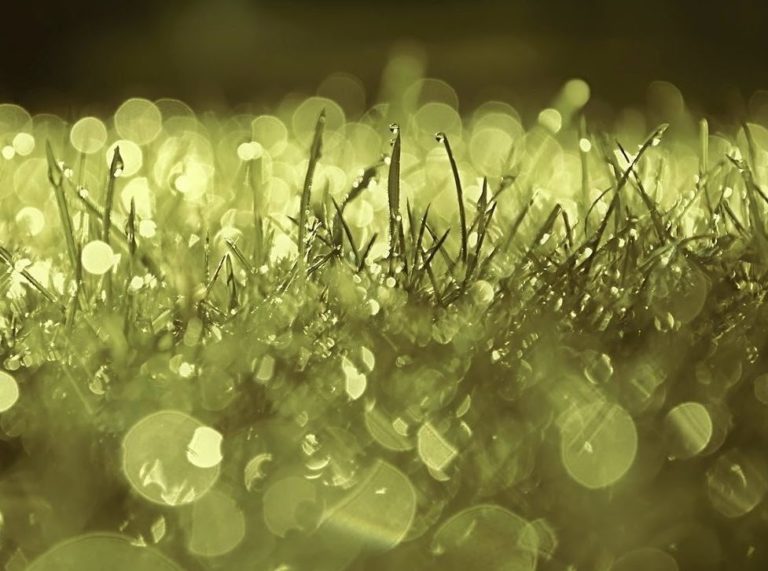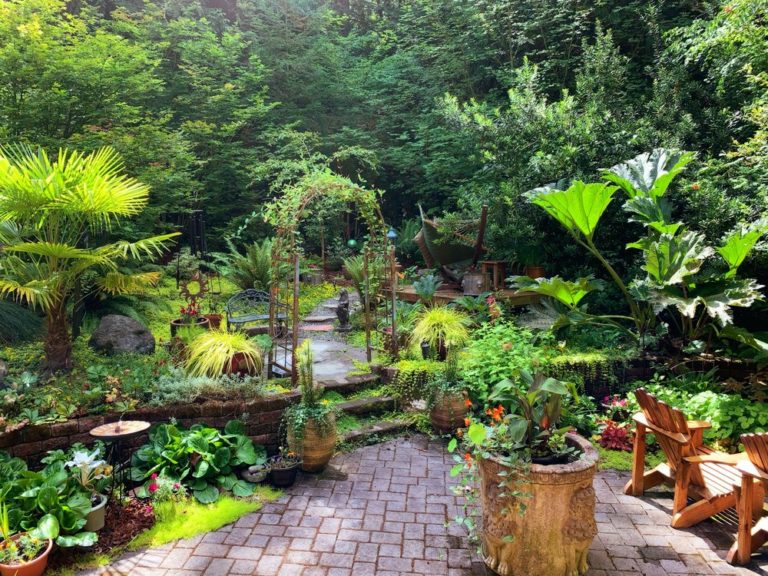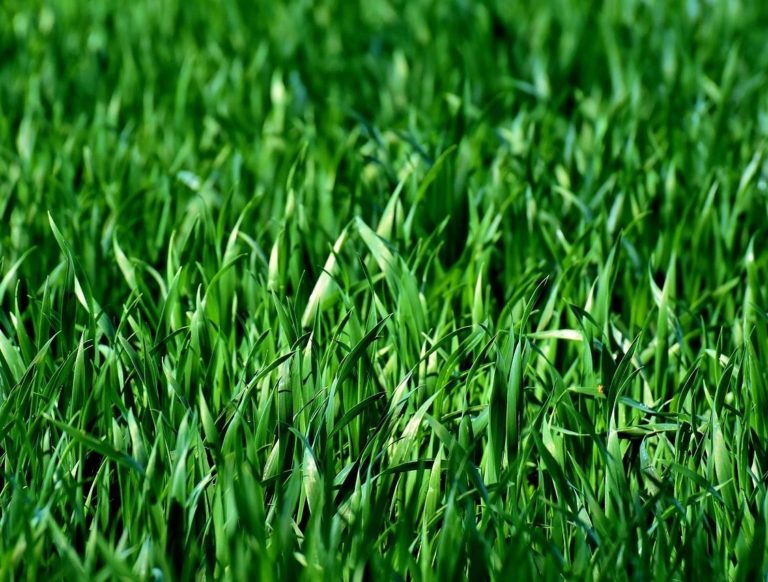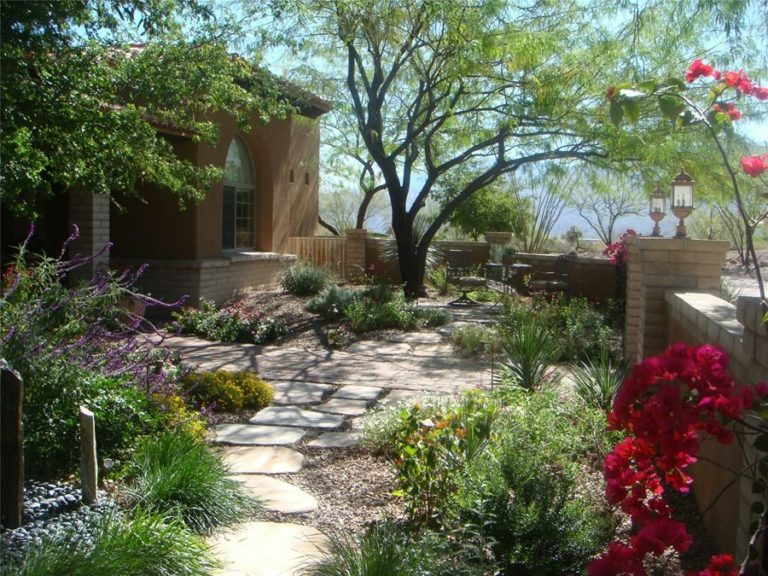To embark on this journey, consider the following key elements:
Strategic Plant Selection:
Begin by choosing plants that are well-suited to your local climate and soil conditions.
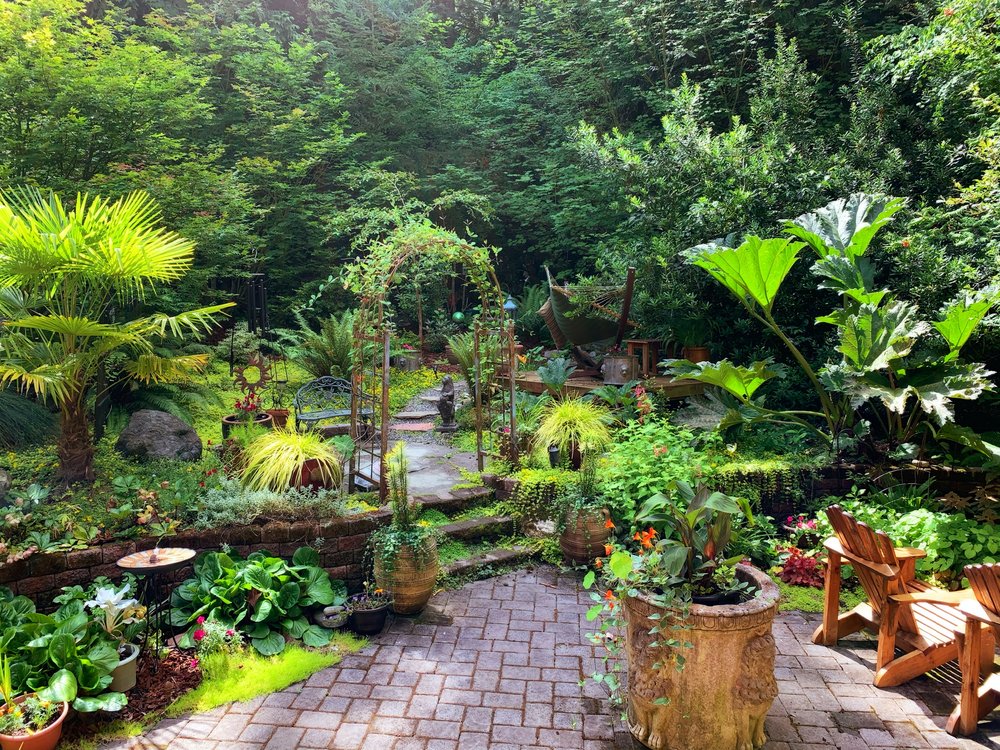
Opt for native or drought-tolerant species that require minimal water and thrive with limited intervention. Group plants with similar care needs to streamline maintenance tasks.
Efficient Lawn Design:
Embrace a smart lawn design that minimizes high-maintenance features. Consider reducing the size of your lawn or incorporating hardscapes, mulched areas, or ground covers. A thoughtful layout can enhance visual appeal while decreasing the overall maintenance workload.
Automated Irrigation Systems:
Invest in an automated irrigation system to ensure precise and efficient watering. Smart irrigation controllers can adjust watering schedules based on weather conditions, preventing overwatering and promoting water conservation.
Mulching for Moisture Retention:
Mulching not only suppresses weeds but also retains soil moisture, reducing the frequency of watering. Choose organic mulches like wood chips or straw to provide additional benefits, such as soil enrichment and temperature regulation.
Lawn Alternatives:
Explore alternatives to traditional turf grass that require less care. Ground covers like clover, ornamental grasses, or eco-friendly grass blends are excellent choices for creating a low-maintenance yet visually appealing lawn.
Mastering the Art of Low-Maintenance Landscaping
Correct Mowing Practices:
Adopt mowing practices that promote a healthier and low-maintenance lawn. Adjust your mower height to a level that allows grass to thrive while discouraging weed growth. Additionally, leave grass clippings on the lawn to naturally fertilize and retain moisture.
Selective Pruning and Trimming:
Focus on selective pruning and trimming to maintain the shape and health of your plants. Avoid excessive pruning, which can lead to rapid regrowth and increased maintenance demands.
Low-Maintenance Grass Varieties:
Choose grass varieties known for their low-maintenance characteristics. Fine fescue, Zoysia grass, and Bermuda grass are examples of grass types that require less water, fertilizer, and mowing compared to traditional varieties.

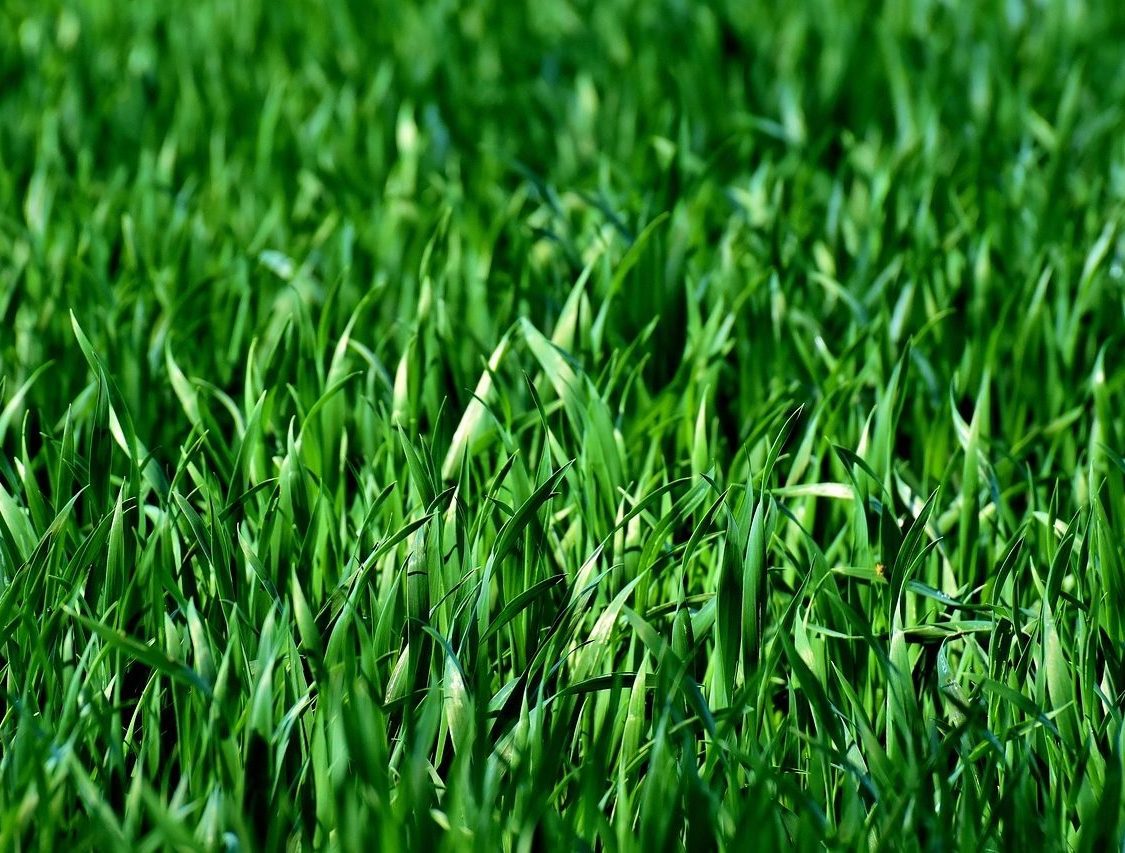
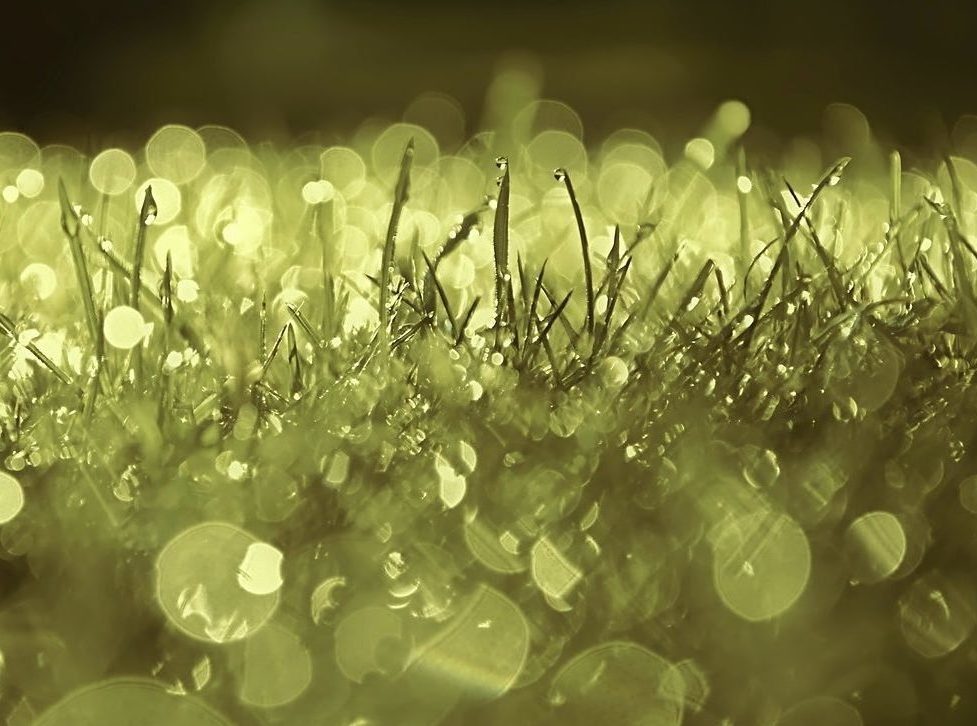
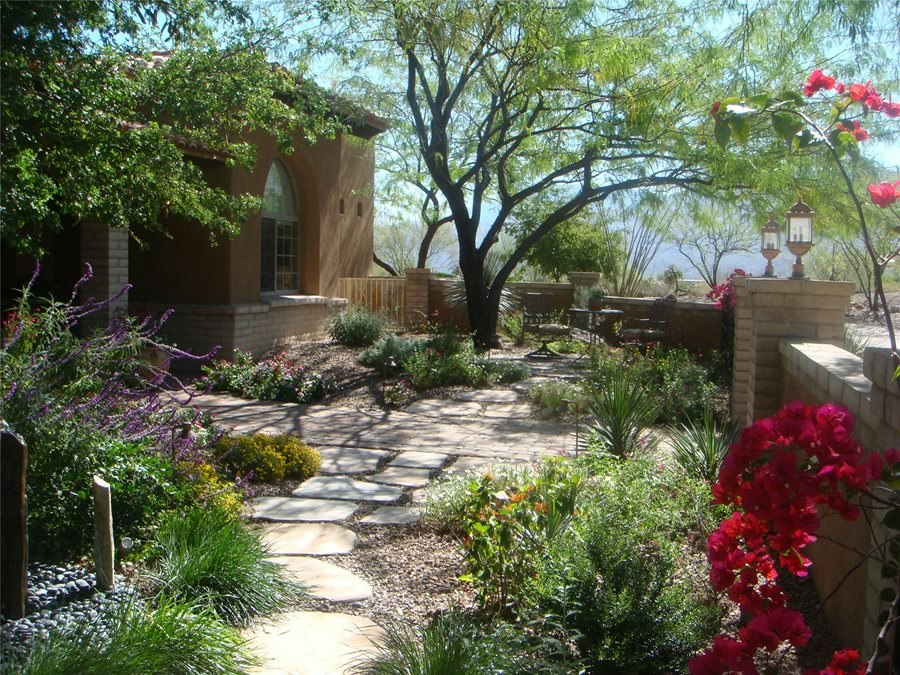
Sustainable Practices
Minimalistic Hardscaping:
Integrate hardscaping elements such as pathways, rock features, or outdoor seating areas to reduce the overall lawn area. Well-designed hardscapes add visual interest while minimizing ongoing maintenance requirements.
Sustainable Soil Practices:
Prioritize soil health through sustainable practices such as composting and aeration. Healthy soil supports robust plant growth, reducing the need for synthetic fertilizers and enhancing overall lawn resilience.
Educational Outreach:
Share your knowledge and enthusiasm for low-maintenance landscaping with your community. Encourage neighbors to adopt similar practices, fostering a collective effort to create beautiful, sustainable, and low-maintenance neighborhoods.
In conclusion
